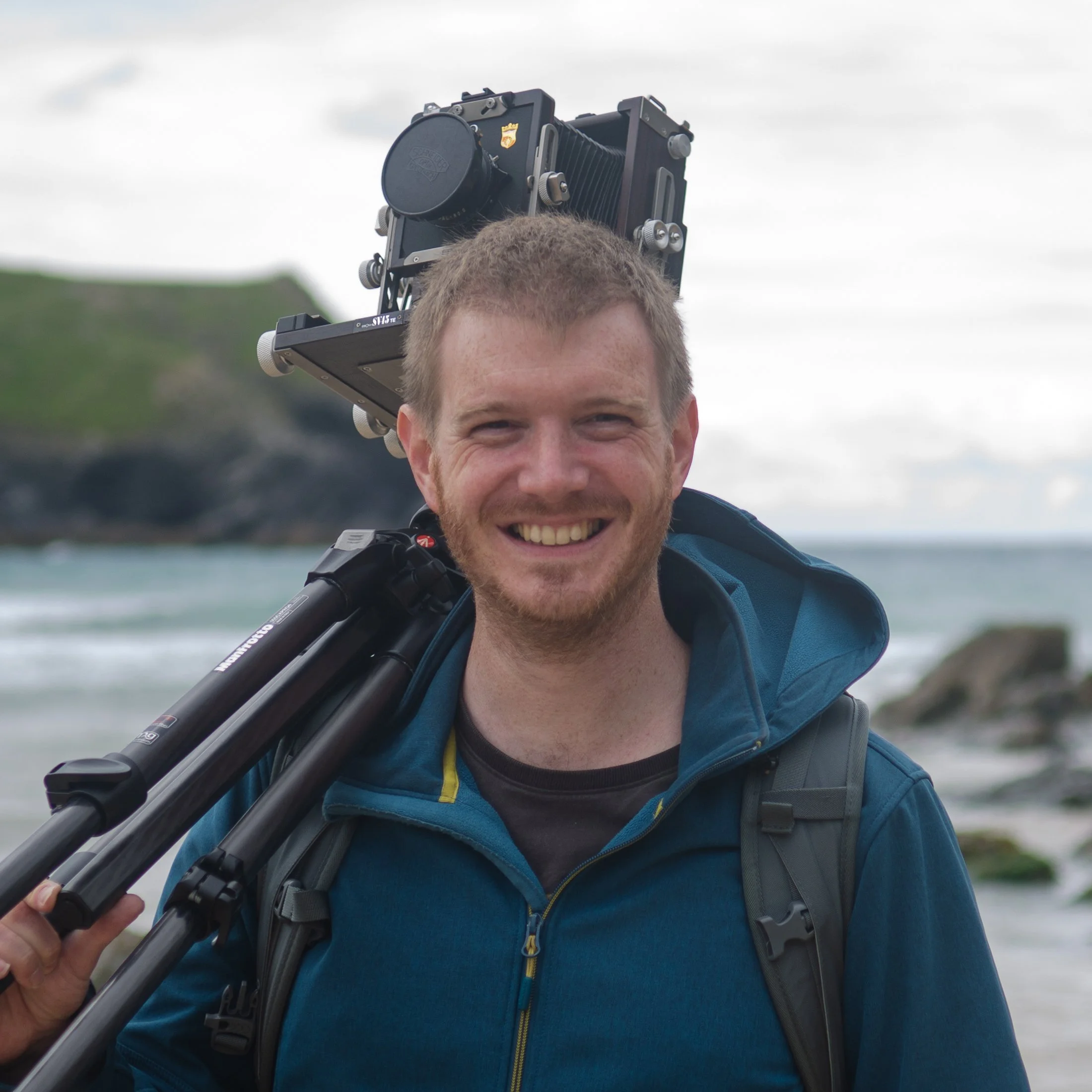Jonathan Woods
Thanks so much for visiting my website. My objective here is to showcase my landscape and nature photography and hopefully demonstrate my deep affection for nature and my personal connection to it. The photographs presented are captured mostly on film across multiple formats. Since approximately 2013 I have focused on shooting film on a Large Format camera which, through the slow pace and the commitment that it demands, serves to enhance my connection to the landscape and the natural environment.
About me.
I currently live in Dorset on the south coast of England with my partner Nikki and our springer spaniel Bob. Dorset is a genuinely fantastic county to live in as it has so much to offer to anyone who is interested in nature. While we spend a lot of time exploring Dorset, we also travel across the UK, exploring everywhere from the coast of the south west to the fells of Cumbria and Scotland.
Professionally, I am a physicist who has spent just over a decade in academia before leaving to join a tech start-up in 2021, right at the beginning of its journey. I find the natural world to be fascinating, and studying physics helps me understand it on a level that photography (as we conventionally understand it) simply can’t help with. Having said that, while physics and photography allow me to interact with nature in different ways, I find both to be extremely rewarding and fulfilling. Indeed, as distinct as they may be, I occasionally find that some of the principles and phenomena that physics aims to describe at the fundamental level can be observed metaphorically in nature at the macroscopic level, and this is an aspect that forms part of what guides me as a photographer. After all, anything can be fascinating if you look deep enough.
Motivation.
Growing up, it would be a stretch to refer to me as a creative person in the conventional sense. Within standard education I shied away from artistic subjects and instead found more comfort within mathematics and the sciences. In further education however I opted to study photography (alongside other subjects), despite having only the slightest familiarity with photography going into it from the odd occasion where I would pick up my fathers camera. To this day creativity is something I continually struggle with. Doubtless there are many variables which feed into the perception of one’s own creative capability, but most basically I believe creativity is like a muscle; if it goes underutilised it will atrophy, and regaining it seems to require work on an exponential scale rather than a linear scale. Photography is therefore the artistic framework within which my effort is spent on training my creativity. Having outlined the what and the how, it comes down to the why.
It is no easy feat to distil down to a concise answer of why I make photographs, and it’s often something I think about. The best answer I know of was articulated by a photographer I deeply admire who, on a podcast interview, stated simply ‘I feel compelled to’. The word compelled really is quite powerful as it describes an underlying force and obligation to make photographs. Part of my compulsion originates from a desire to show what nature has to offer so that we may preserve it, and by extension, ourselves.
Ultimately, I want to convey my love of nature through my photographs. I want to reveal what I see, both the good and the bad, in the hope that we may show it the respect it deserves. If we can regain our reverence for nature and realise again, just as we once did, that nature is critical to our very existence, we may be more inclined to actively save what is left.

